Kyoto’s landmark Kyocera Museum unveils its contemporary renovation
One of Japan's key cultural landmarks, the Kyoto City Kyocera Museum of Art, originally built in the 1930s in the Imperial Crown Style architecture known as teikan, is preparing to reopen to the public following a contemporary, yet respectful renovation by architects Jun Aoki and Tezzo Nishizawa
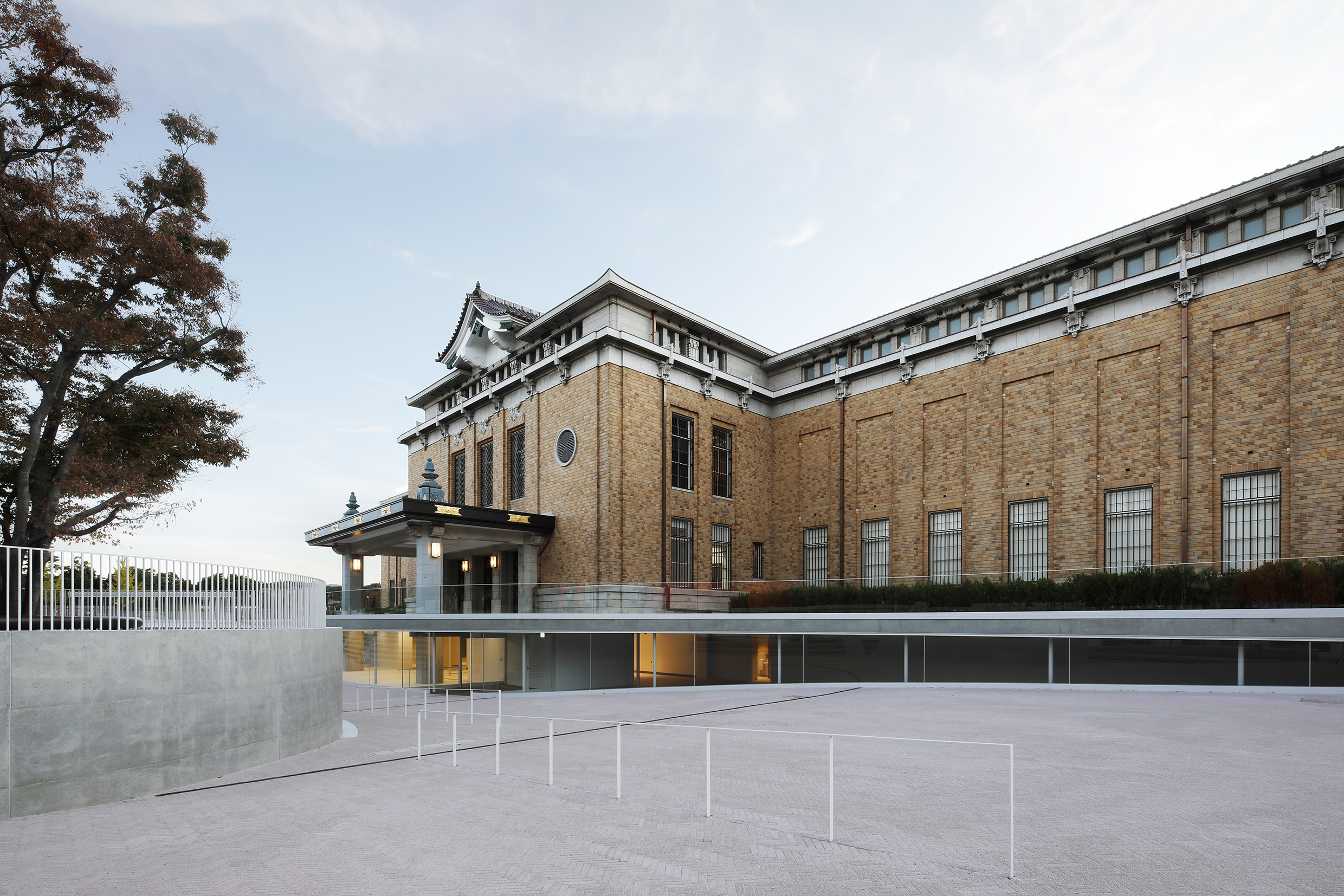
Takeru Koroda - Photography
As one of Japan’s oldest public museums, its elegant façade, neoclassical symmetry and curved tile rooftop have been celebrated as a Kyoto landmark for more than eight decades. Now, Kyoto City Kyocera Museum of Art – formerly known as Kyoto Municipal Museum of Art – will soon begin a new chapter, with the completion of a three-year renovation by Japanese architects Jun Aoki and Tezzo Nishizawa.
The update has added a fresh, modern and minimalist edge to the original 1933 building, designed by architect Kenjiro Maeda and a classic example of Imperial Crown Style architecture known as teikan.
‘Taking over the designing style and manner of the original architecture doesn’t mean just repeating the original design adopted over 80 years ago,' Aoki, also the museum’s new director, says. ‘It means carefully observing the ‘grammar' of the original architecture and utilising this ‘grammar' to design what is required at present. As a consequence, we could create a new architectural space where visitors can barely tell which parts were renovated.'
Inside, the building’s original materials still shine, with expanses of rich marbling, original floor tiling and sweeping stone staircases, in shades of apricots, forest greens and creams. Yet contemporary touches create a lighter, more open feel throughout the museum, home to a 3,600-strong collection of Kyoto artworks, from Japanese-style Nihonga paintings to calligraphy.
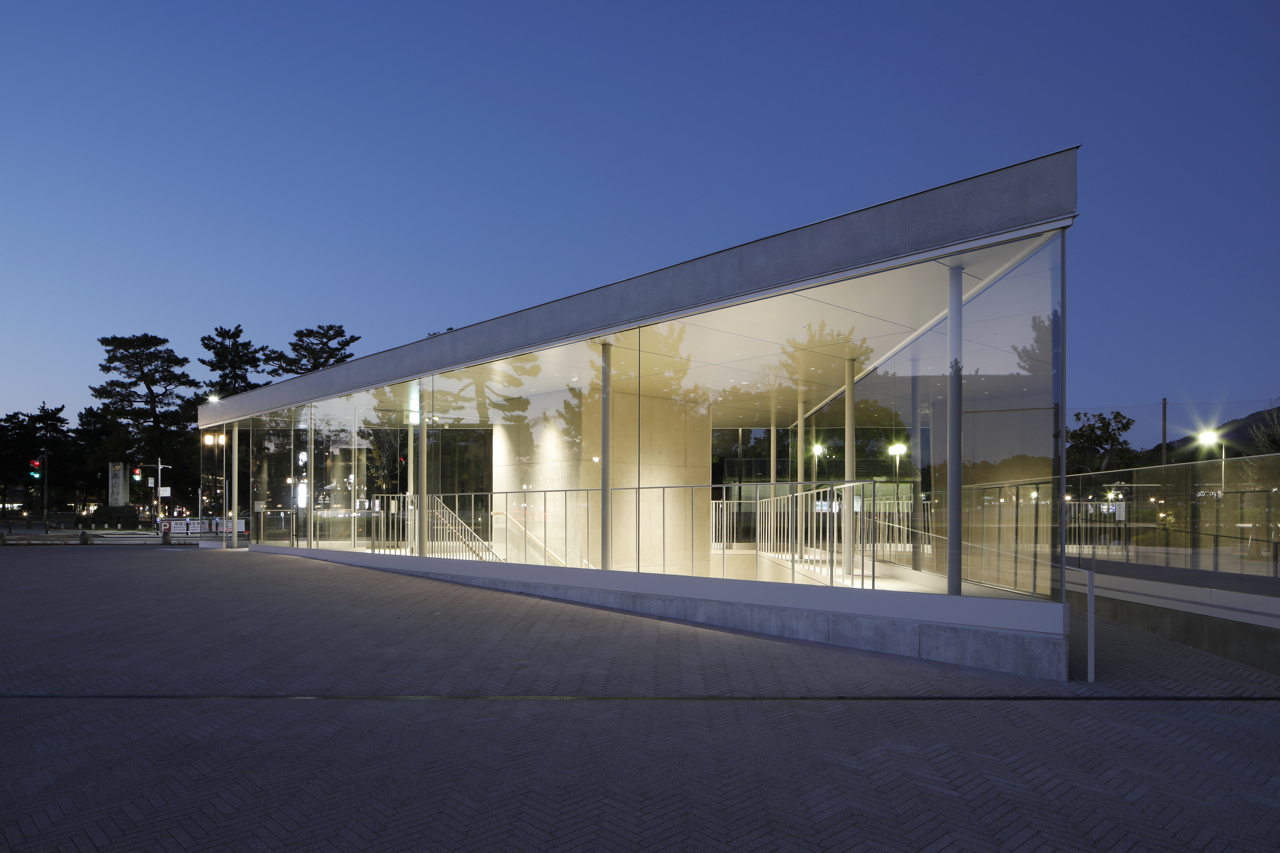
Standout features include a minimal glass ‘ribbon', clear and transparent, which flows along the façade beneath the original entrance, creating a new light-flooded entry point at the base the building.
The Central Hall, formerly the main exhibition space, has been transformed into an airy white hub connecting three levels of galleries, with its heritage balanced by a light, minimal touch – as seen in the high white ceiling, oak parquet floor and elegant curves of a spiral staircase.
A bolder addition is the Higashiyama Cube, a new wing for contemporary art overlooking its Japanese Garden, with a roof terrace and clean-cut façade of pre-cast concrete panels, with minimal vertical motifs of champagne gold (plus an inaugural exhibition by Hiroshi Sugimoto, whose Glass Tea House Mondrian floats on the nearby pond).
Other touches include the clear walls of The Triangle, dedicated to emerging artists; new shop Art Lab Kyoto selling a sleek medley of art books and Kyoto gifts (plus minimal white museum goods by Beams Creative Laboratory); and cafe Enfuse, serving up craft coffee and meals with seasonal local ingredients.
‘Kyoto is not a city that conserves old things just as they are,' adds Aoki. ‘Kyoto is a city where old things are constantly given a new perspective as time progresses. This means things are constantly added and revised, creating multiple layers. I would be very grateful if the new dimension we’ve added to this museum forms another new layer for the city.'
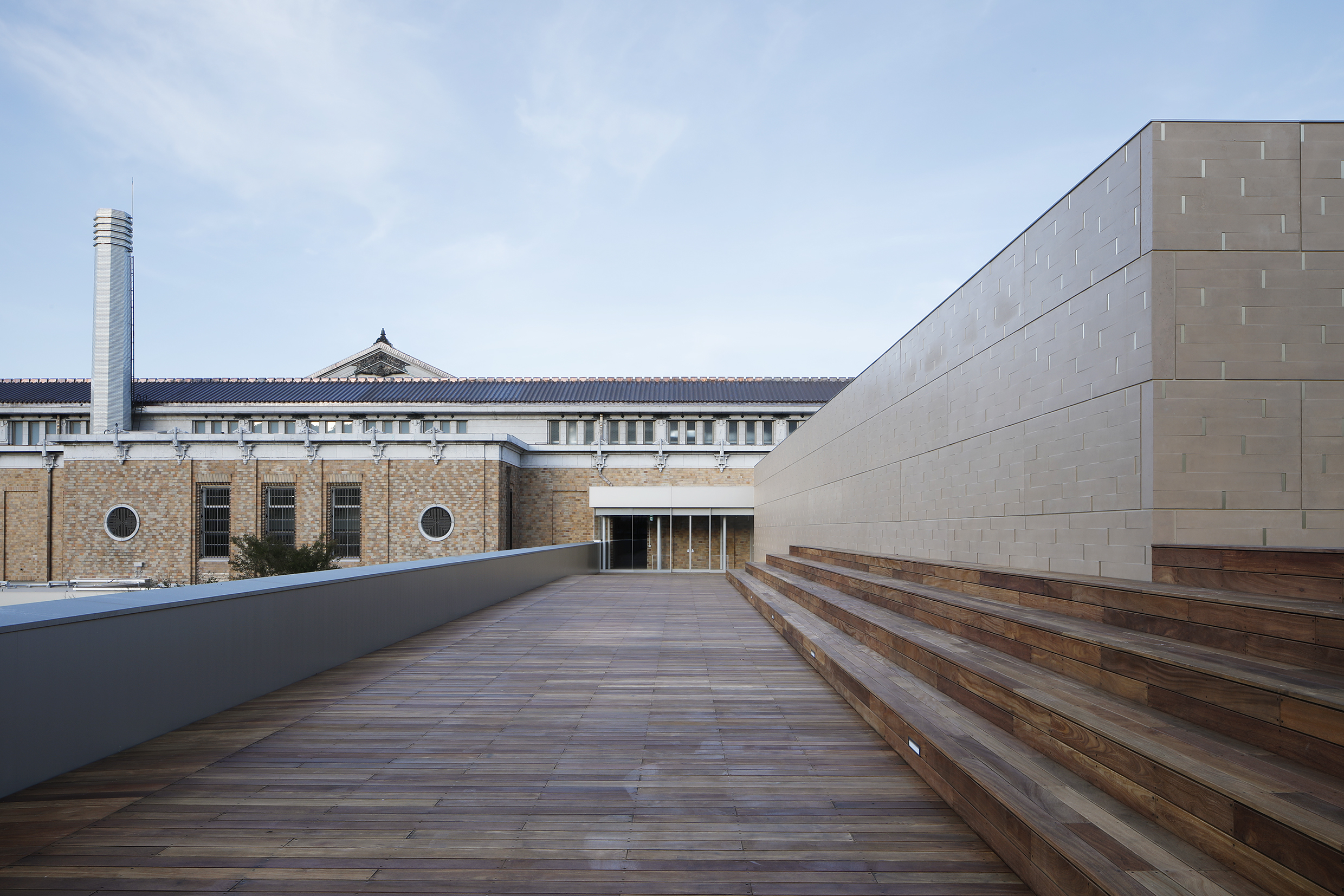
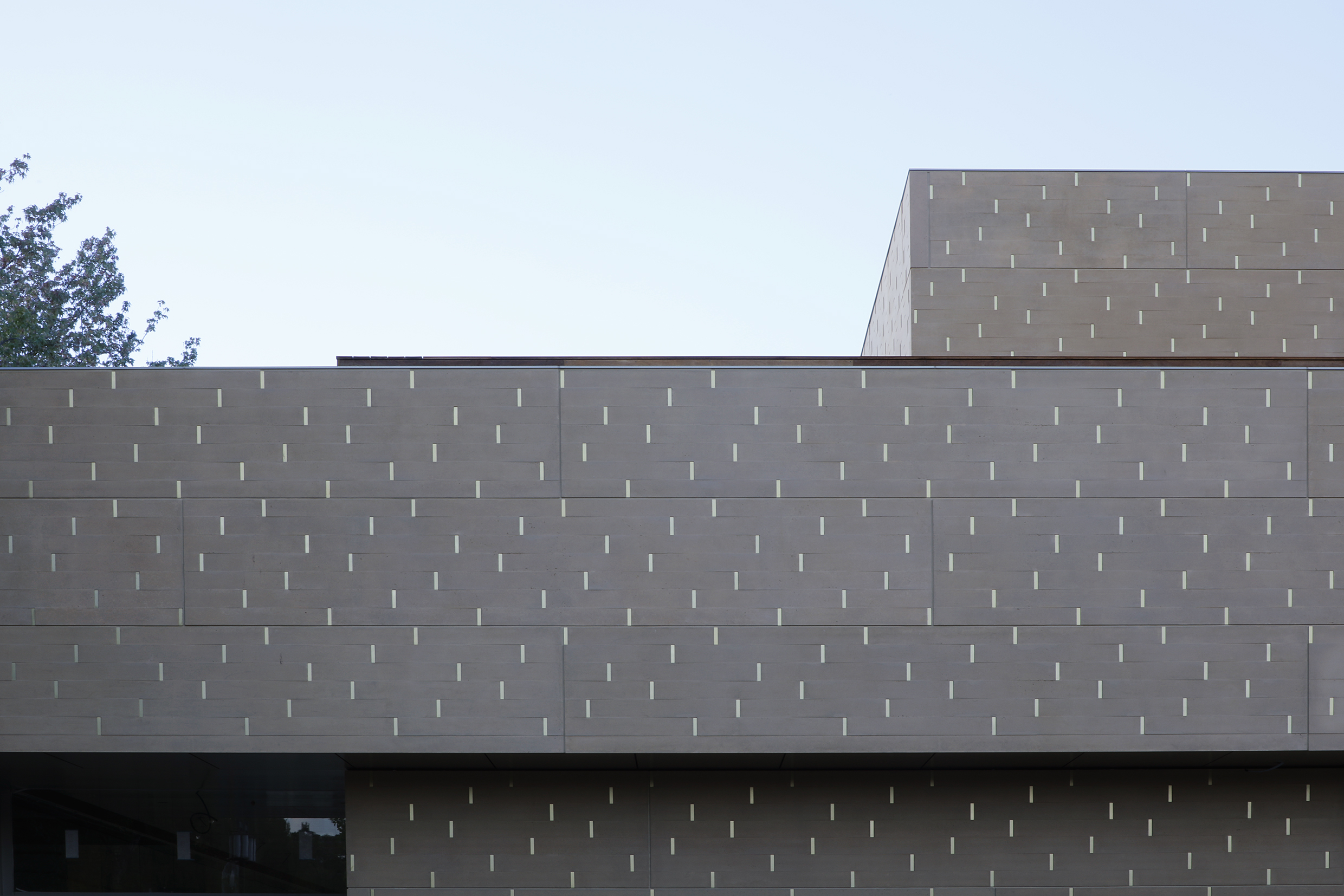
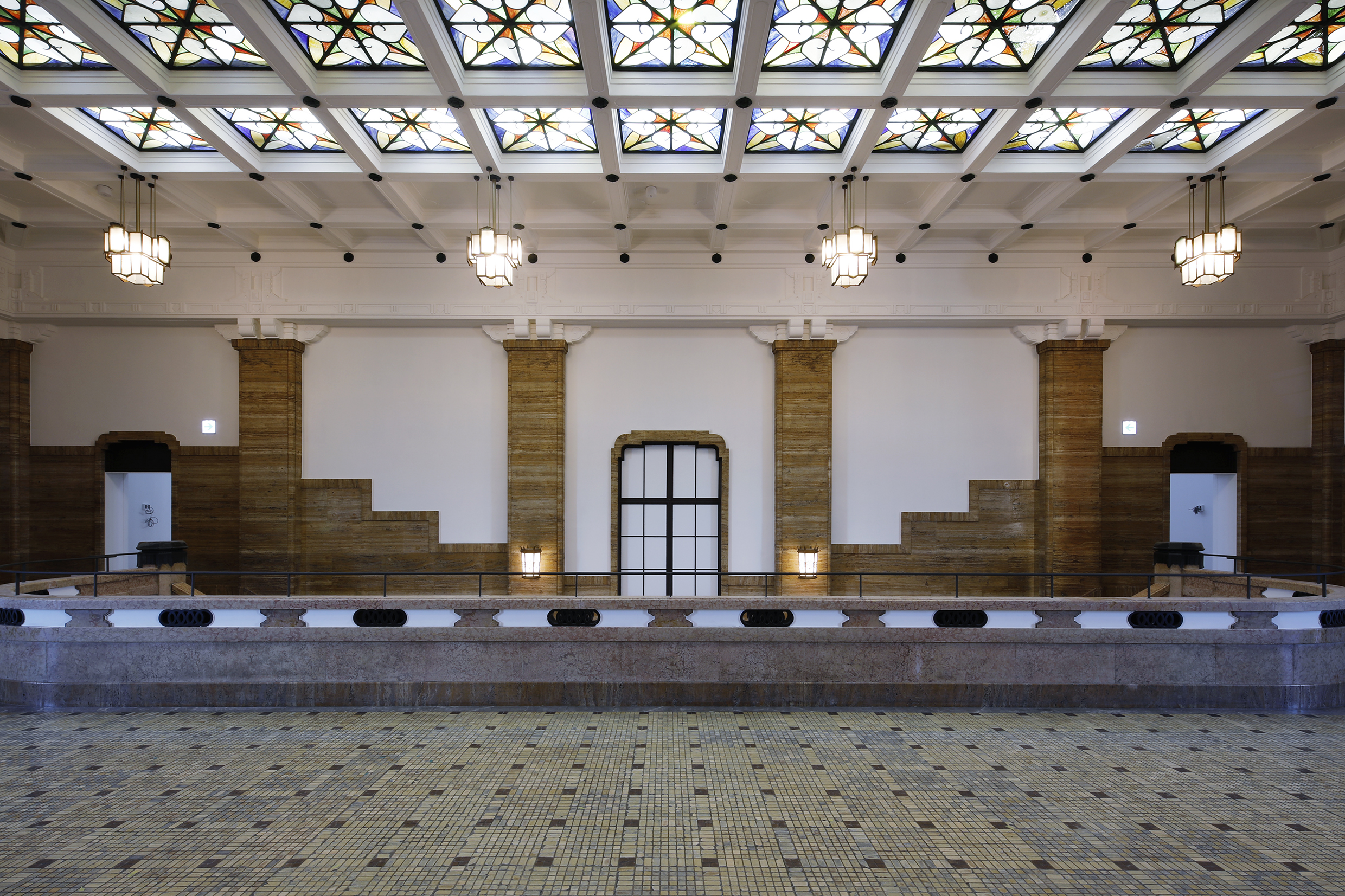
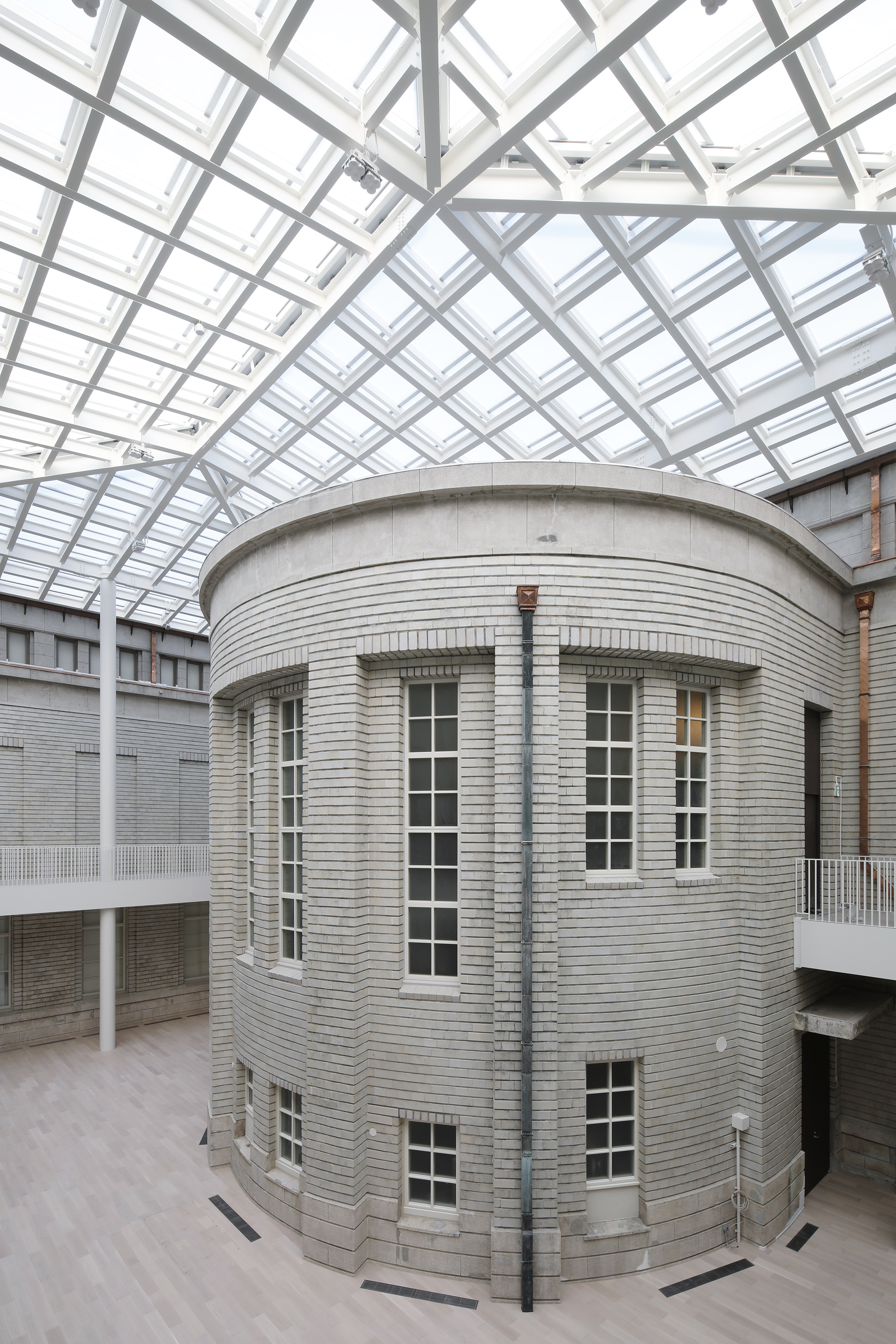
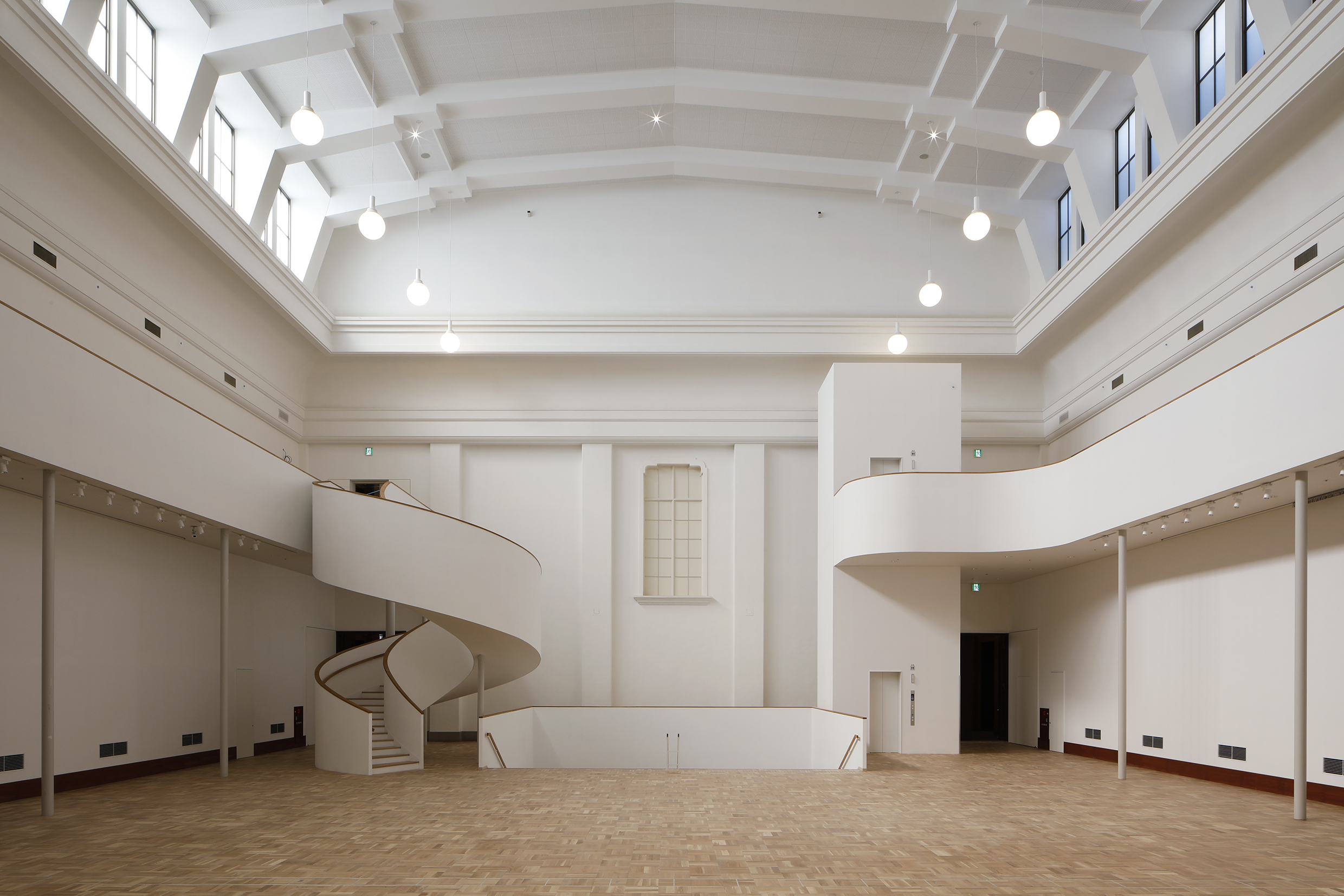

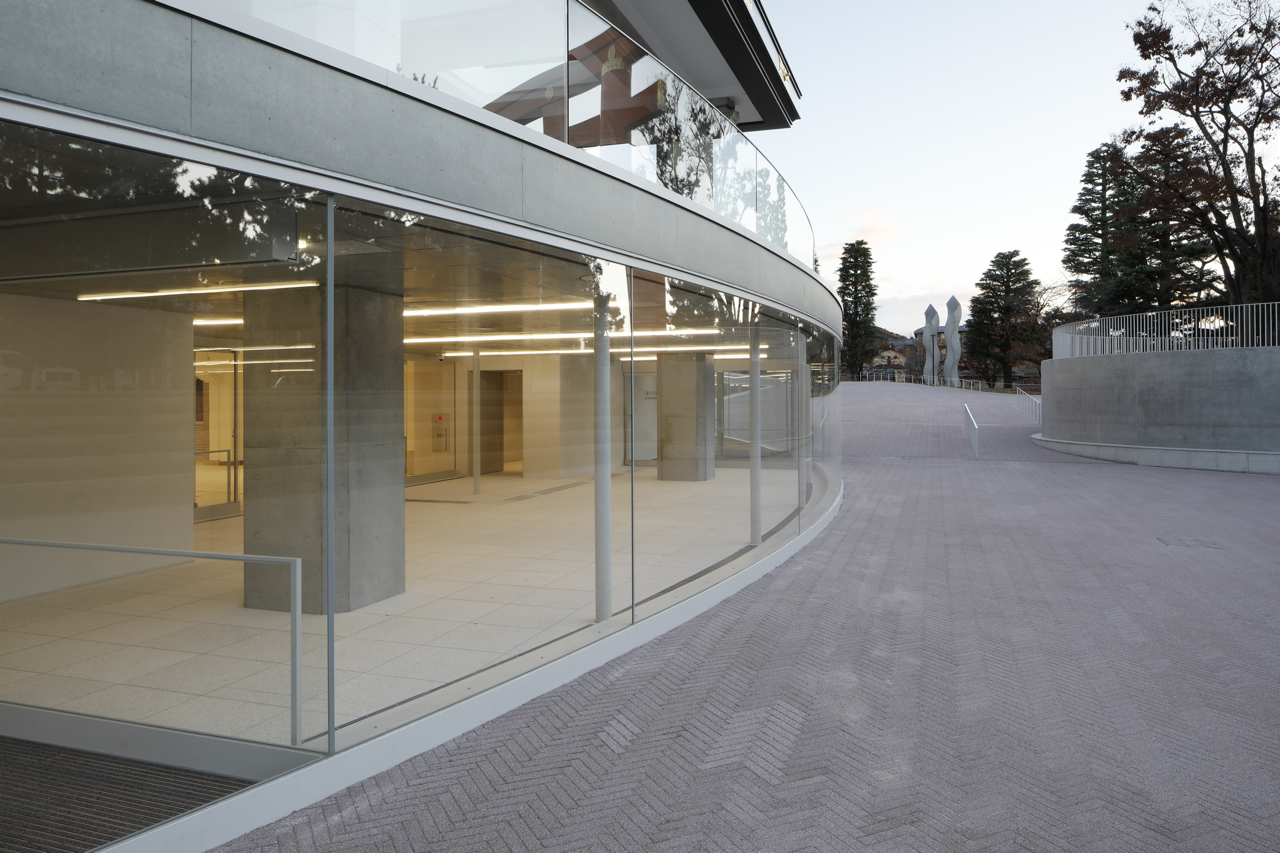
INFORMATION
aokijun.com; tezzonishizawa.com
Wallpaper* Newsletter
Receive our daily digest of inspiration, escapism and design stories from around the world direct to your inbox.
Danielle Demetriou is a British writer and editor who moved from London to Japan in 2007. She writes about design, architecture and culture (for newspapers, magazines and books) and lives in an old machiya townhouse in Kyoto.
Instagram - @danielleinjapan
-
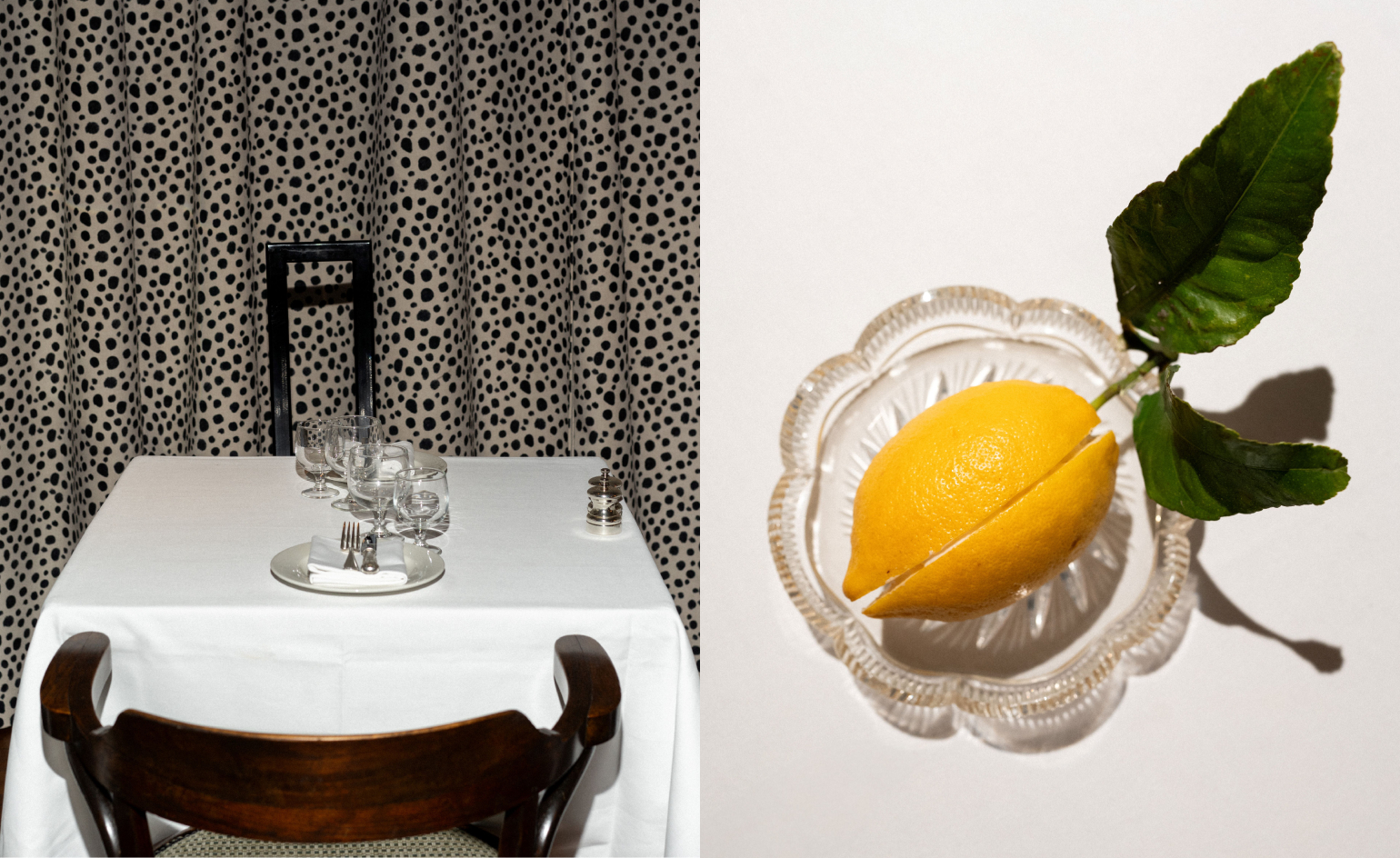 Marylebone restaurant Nina turns up the volume on Italian dining
Marylebone restaurant Nina turns up the volume on Italian diningAt Nina, don’t expect a view of the Amalfi Coast. Do expect pasta, leopard print and industrial chic
By Sofia de la Cruz
-
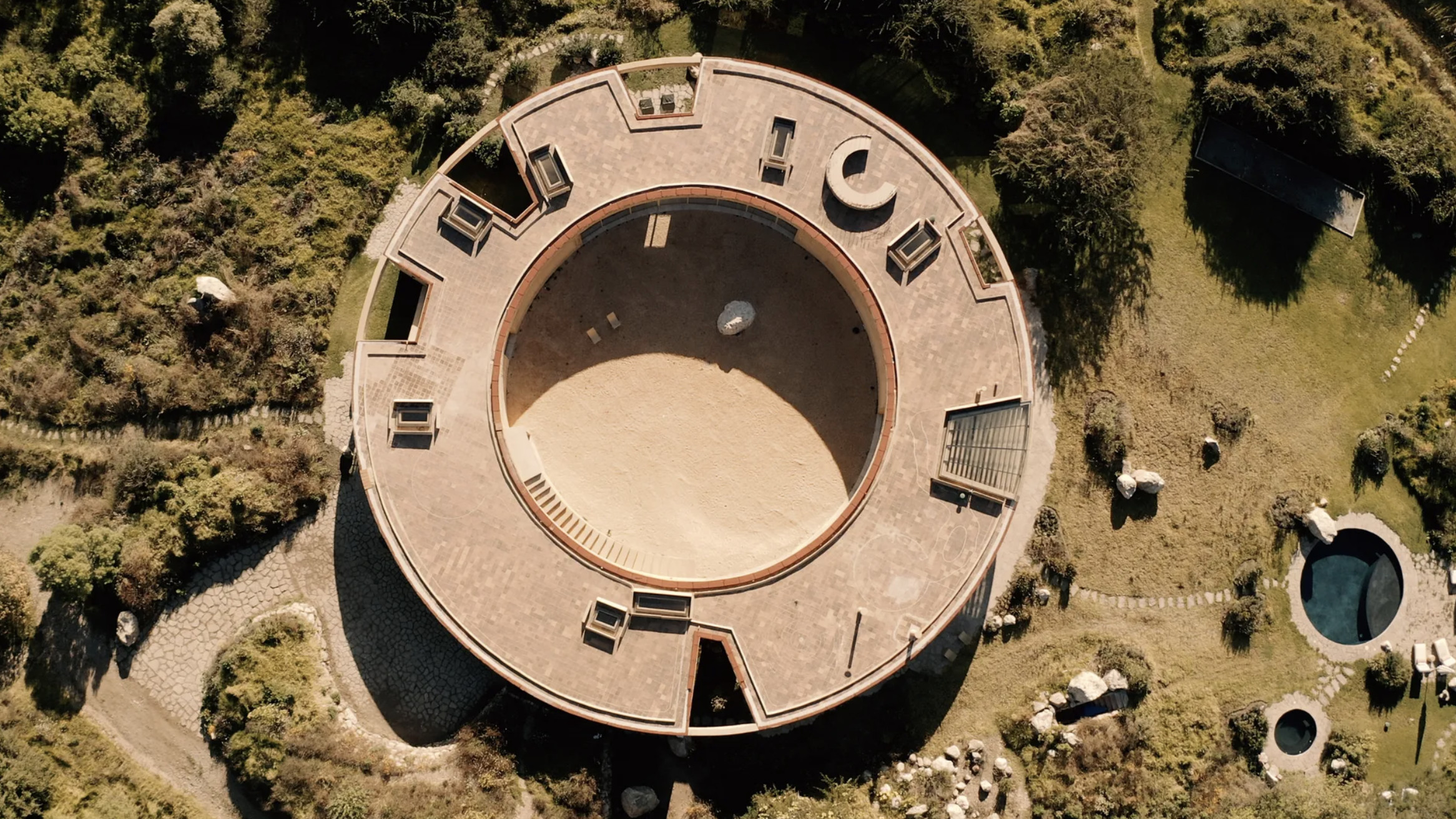 Tour the wonderful homes of ‘Casa Mexicana’, an ode to residential architecture in Mexico
Tour the wonderful homes of ‘Casa Mexicana’, an ode to residential architecture in Mexico‘Casa Mexicana’ is a new book celebrating the country’s residential architecture, highlighting its influence across the world
By Ellie Stathaki
-
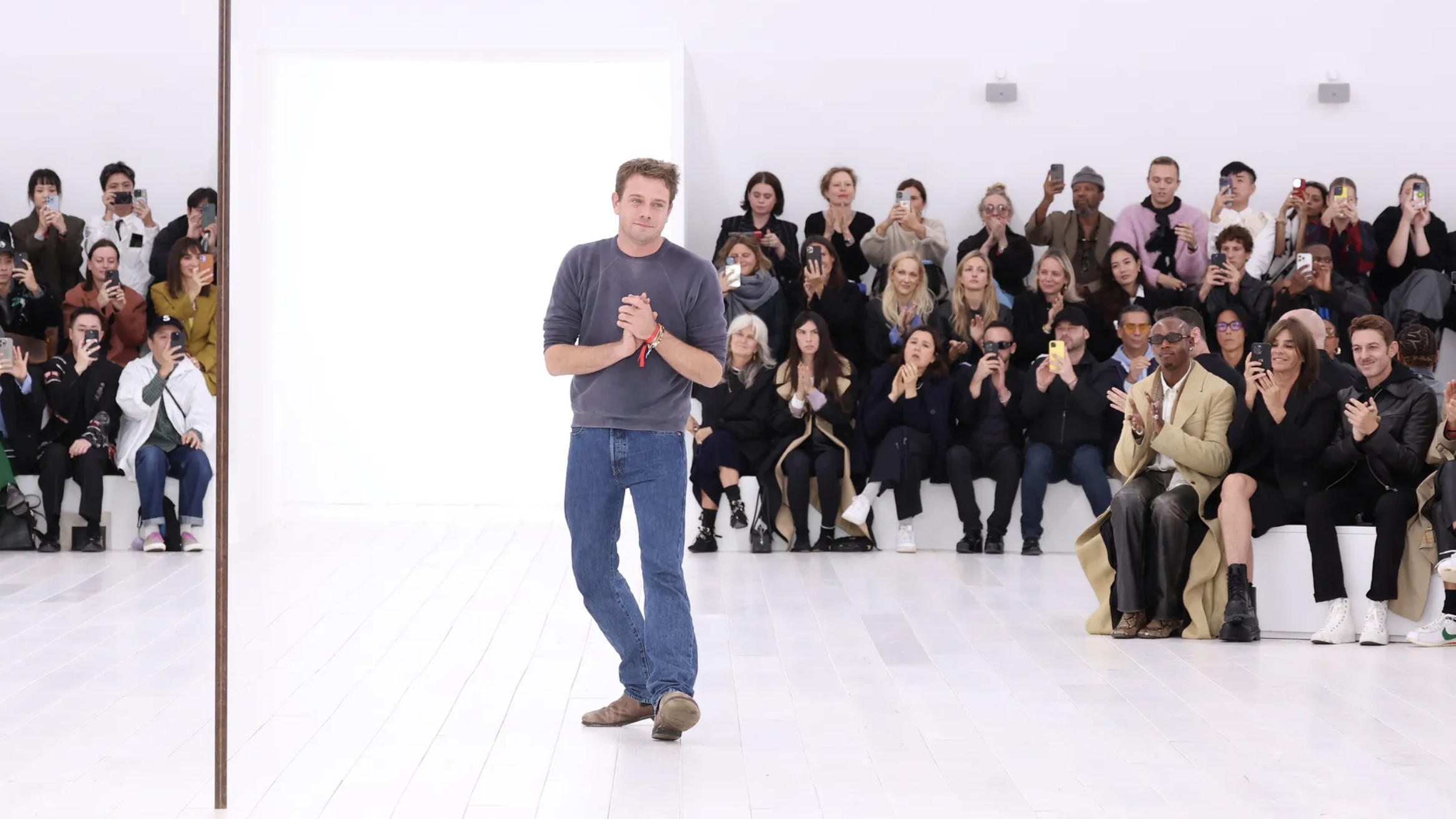 Jonathan Anderson is heading to Dior Men
Jonathan Anderson is heading to Dior MenAfter months of speculation, it has been confirmed this morning that Jonathan Anderson, who left Loewe earlier this year, is the successor to Kim Jones at Dior Men
By Jack Moss
-
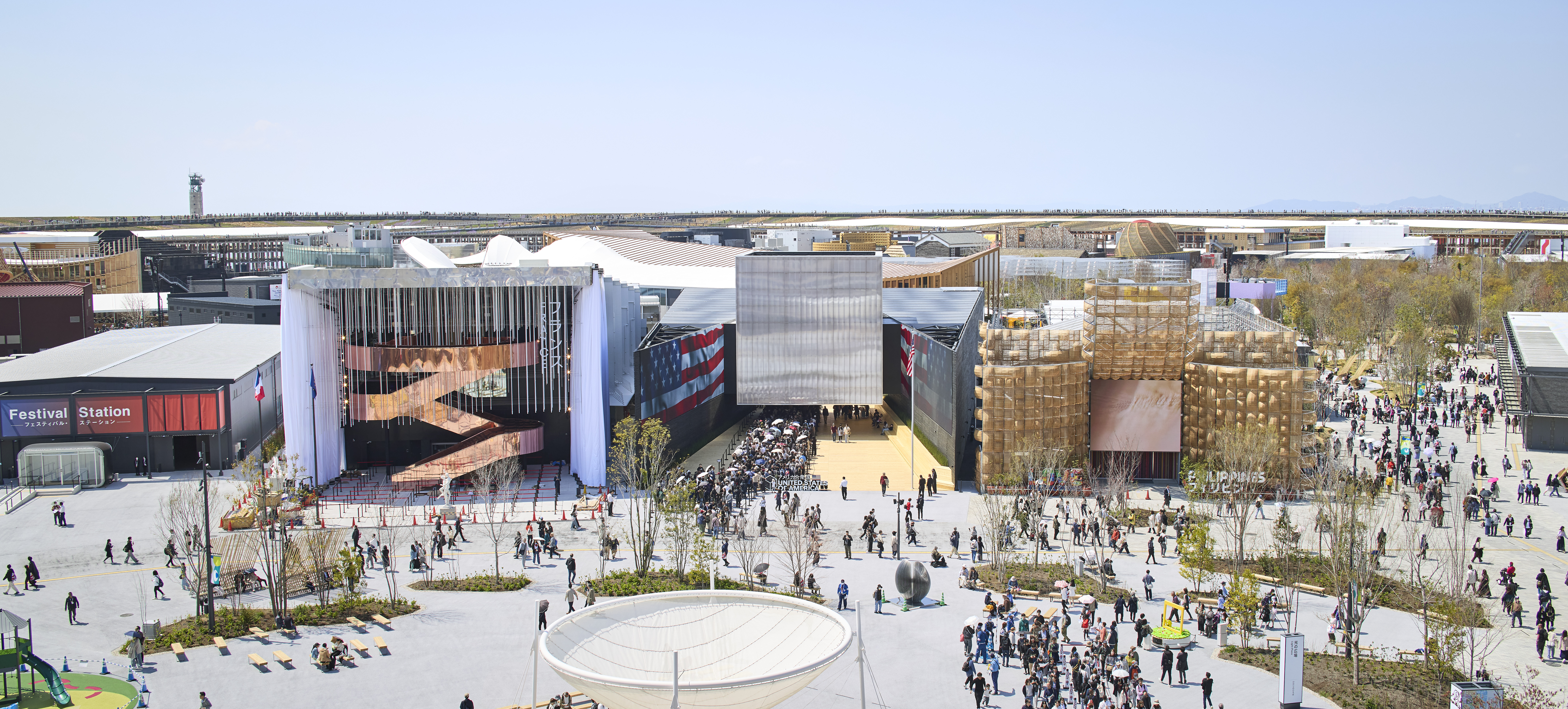 Giant rings! Timber futurism! It’s the Osaka Expo 2025
Giant rings! Timber futurism! It’s the Osaka Expo 2025The Osaka Expo 2025 opens its microcosm of experimental architecture, futuristic innovations and optimistic spirit; welcome to our pick of the global event’s design trends and highlights
By Danielle Demetriou
-
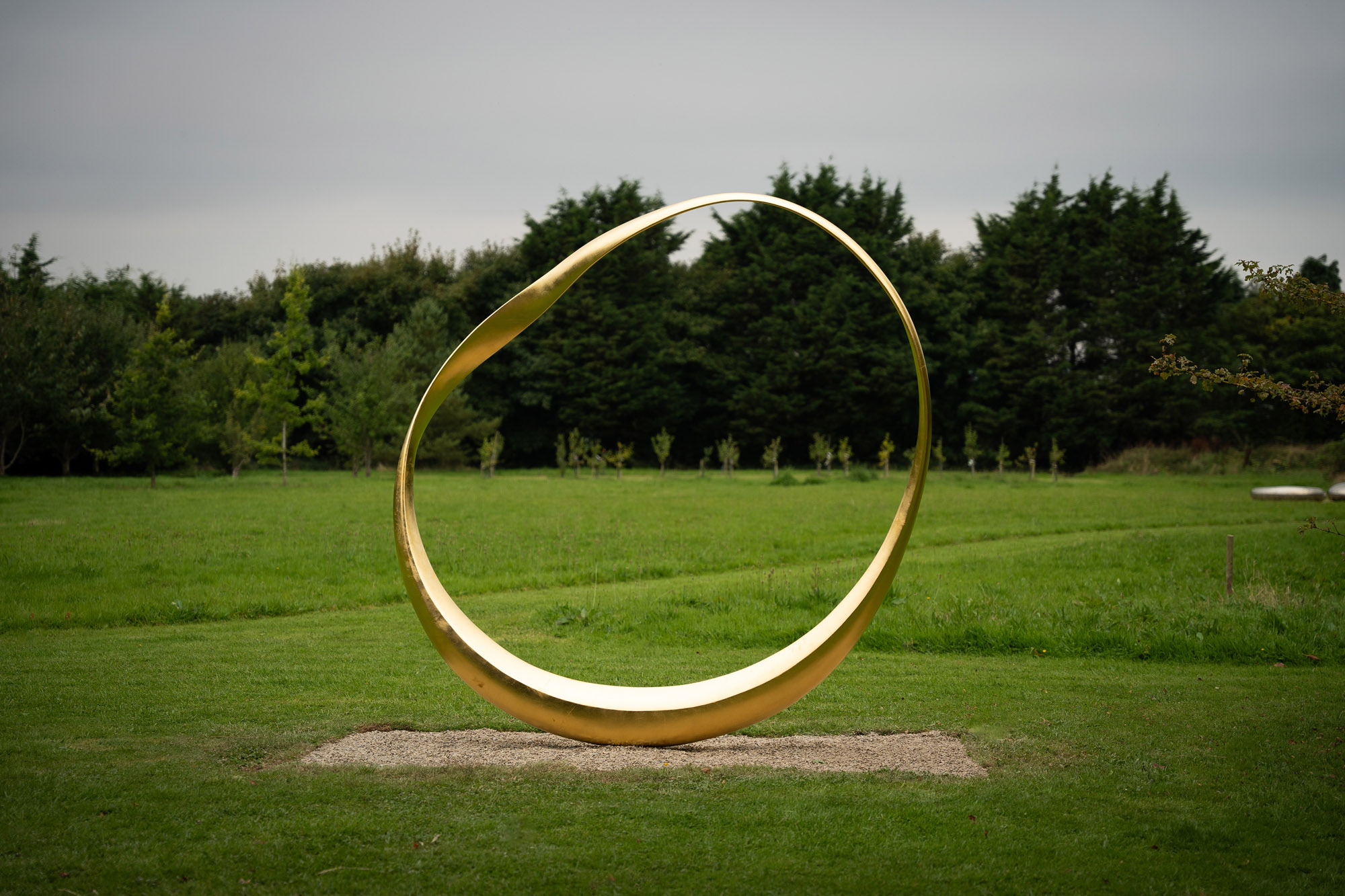 2025 Expo Osaka: Ireland is having a moment in Japan
2025 Expo Osaka: Ireland is having a moment in JapanAt 2025 Expo Osaka, a new sculpture for the Irish pavilion brings together two nations for a harmonious dialogue between place and time, material and form
By Danielle Demetriou
-
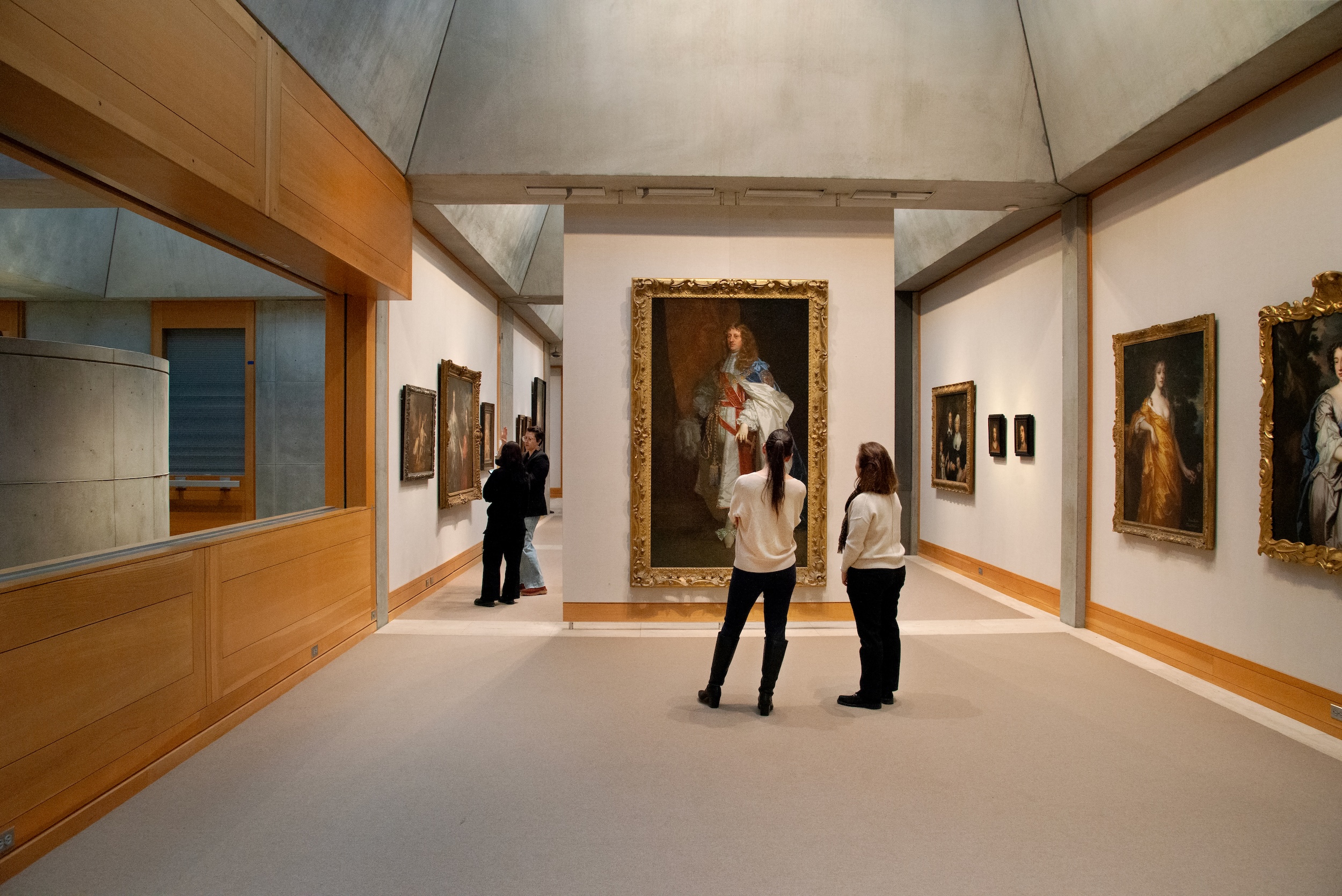 The Yale Center for British Art, Louis Kahn’s final project, glows anew after a two-year closure
The Yale Center for British Art, Louis Kahn’s final project, glows anew after a two-year closureAfter years of restoration, a modernist jewel and a treasure trove of British artwork can be seen in a whole new light
By Anna Fixsen
-
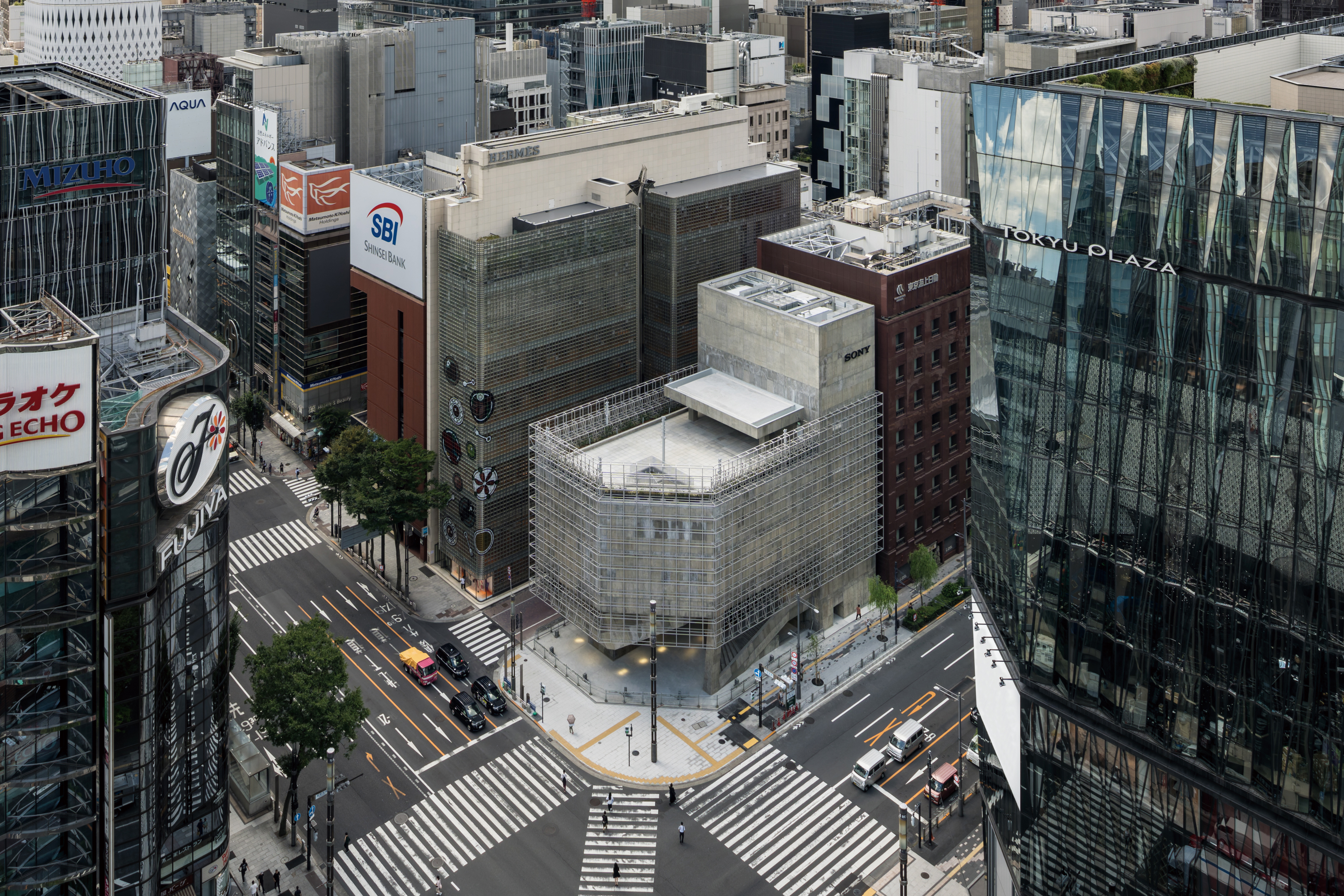 Tour the brutalist Ginza Sony Park, Tokyo's newest urban hub
Tour the brutalist Ginza Sony Park, Tokyo's newest urban hubGinza Sony Park opens in all its brutalist glory, the tech giant’s new building that is designed to embrace the public, offering exhibitions and freely accessible space
By Jens H Jensen
-
 A first look at Expo 2025 Osaka's experimental architecture
A first look at Expo 2025 Osaka's experimental architectureExpo 2025 Osaka prepares to throw open its doors in April; we preview the world festival, its developments and highlights
By Danielle Demetriou
-
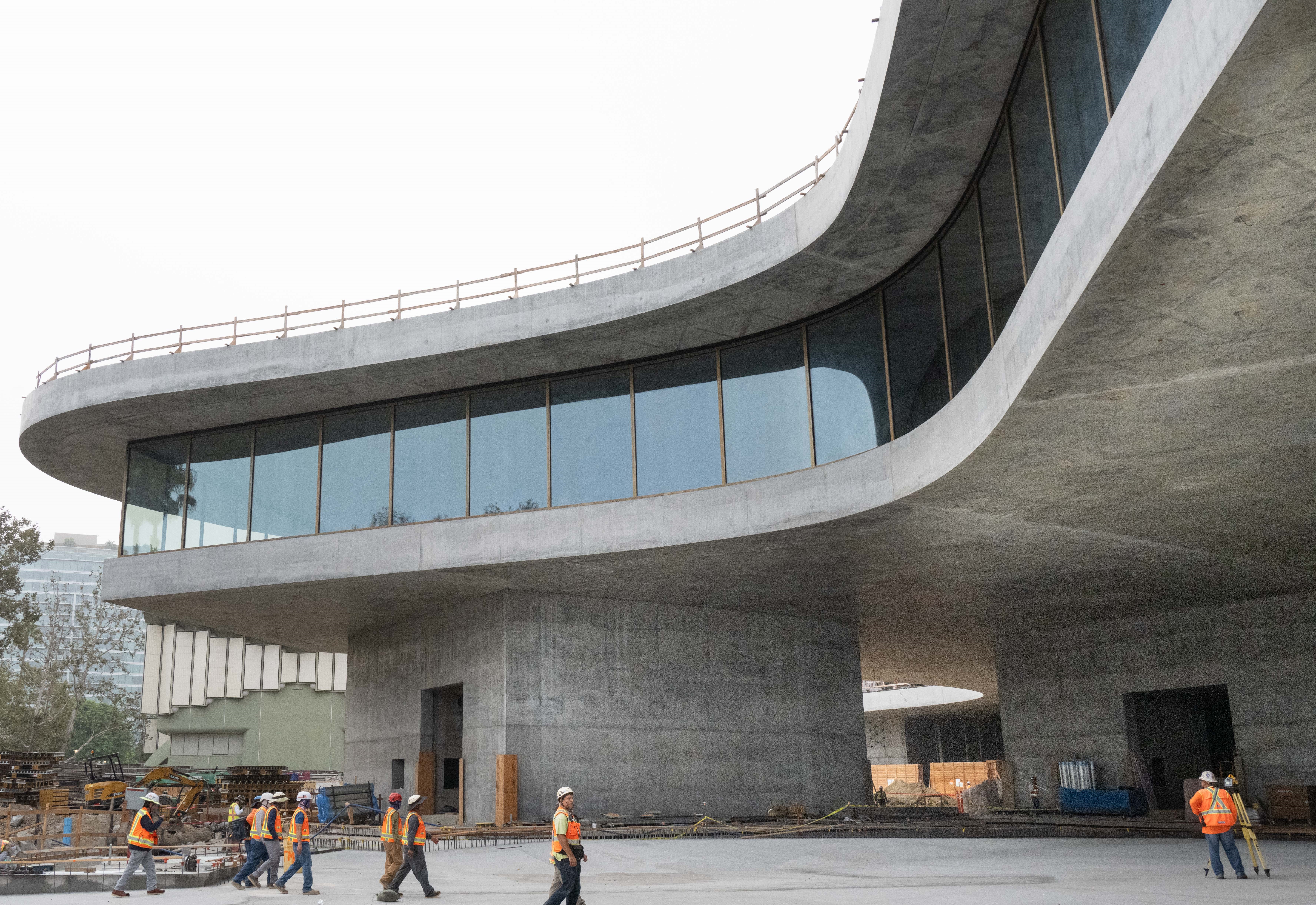 You’ll soon be able to get a sneak peek inside Peter Zumthor’s LACMA expansion
You’ll soon be able to get a sneak peek inside Peter Zumthor’s LACMA expansionBut you’ll still have to wait another year for the grand opening
By Anna Fixsen
-
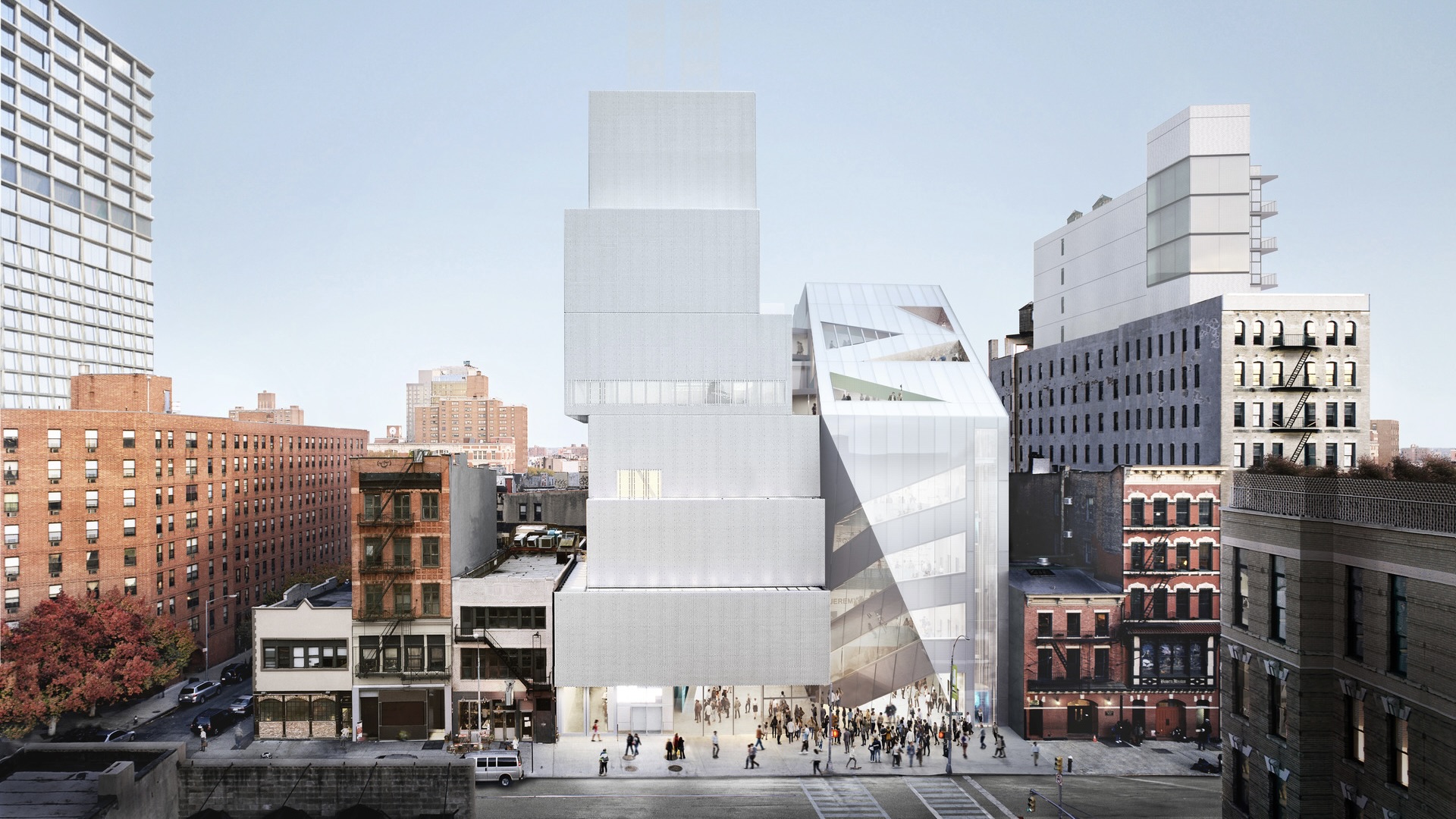 NYC's The New Museum announces an OMA-designed extension
NYC's The New Museum announces an OMA-designed extensionOMA partners including Rem Koolhas and Shohei Shigematsu are designing a new building for Manhattan's only dedicated contemporary art museum
By Anna Solomon
-
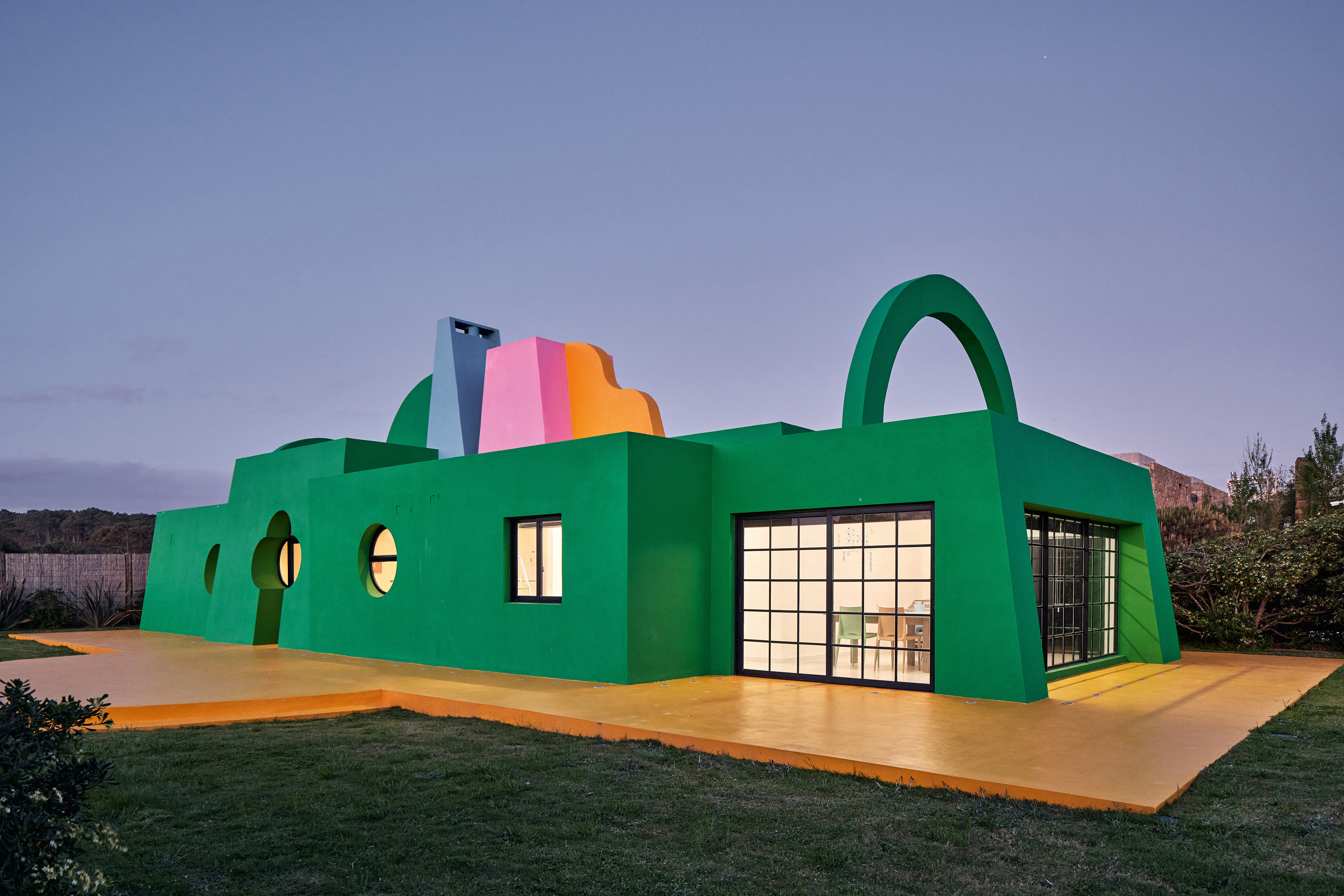 Ten contemporary homes that are pushing the boundaries of architecture
Ten contemporary homes that are pushing the boundaries of architectureA new book detailing 59 visually intriguing and technologically impressive contemporary houses shines a light on how architecture is evolving
By Anna Solomon